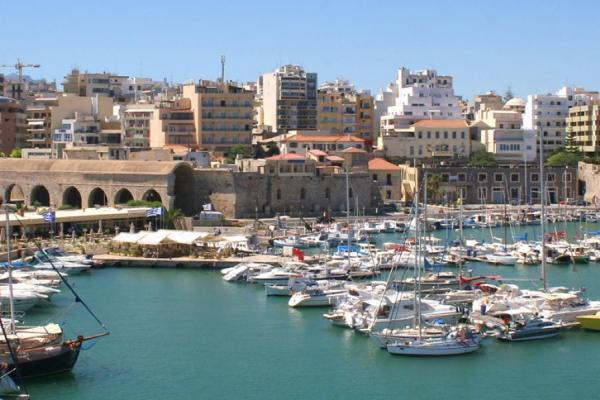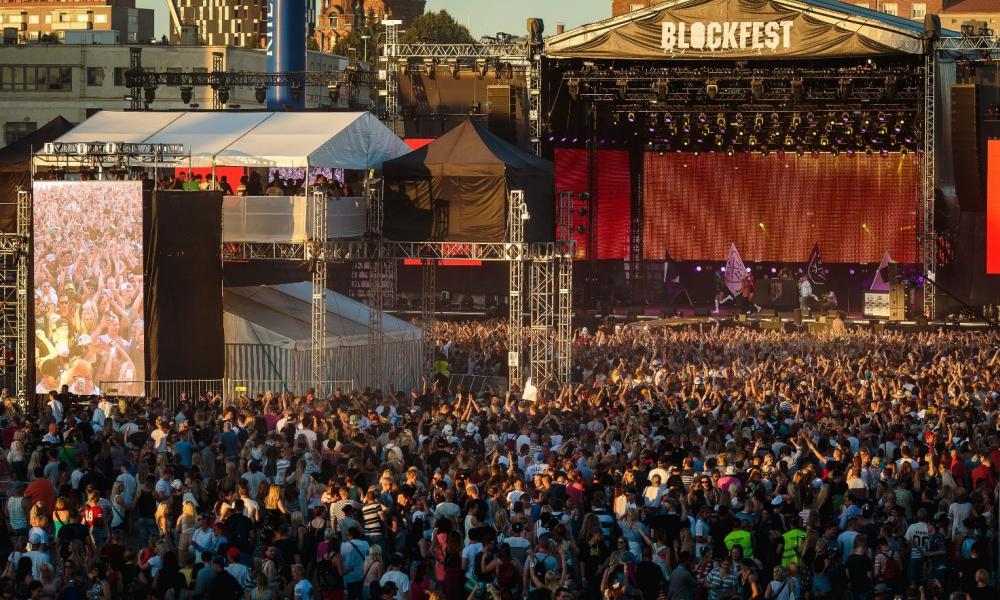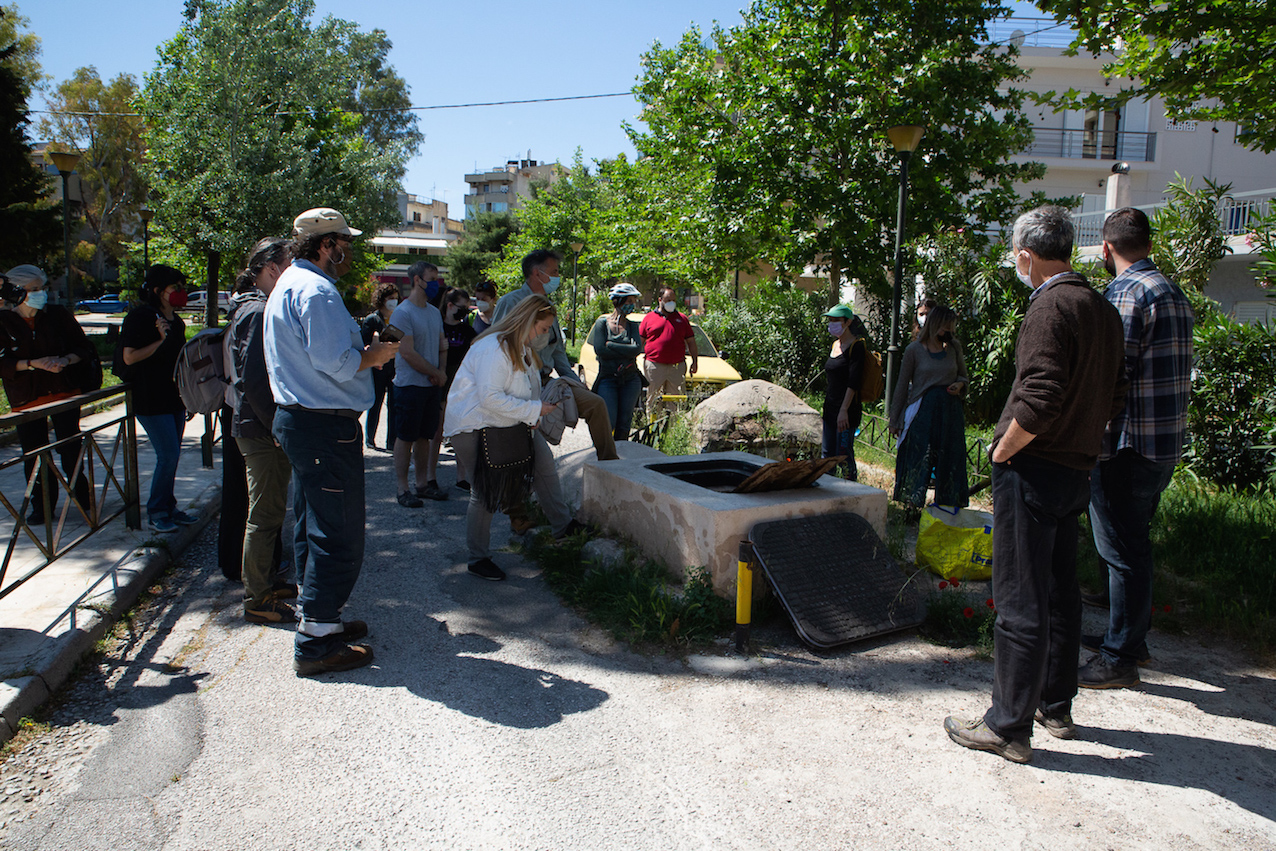
Three EU cities taking innovative action for sustainable tourism
EUI continues to support such innovative, participatory and citizen-led actions, inspiring positive, locally-based transitions in cities across the EU.
Tampere: making trips safer and smoother for event tourists and residents
Each year over four million people visit Tampere, a rapidly growing tourist destination in southern Finland. In 2022, tourism brought 562 million euros to the region, which boasts “numerous events, fascinating cultural experiences and soothing lake views”.
Tampere’s events, and the visitors they attract, spark diverse challenges for the city, including security, traffic and crowd management, and sustainability – all in a complex, evolving urban environment. So Tampere gathered research bodies and private partners to launch an innovative urban development solution improving security in and around major sports and music events. Lasting benefits for residents include better public transport, pedestrian safety, and smart street lighting.
The UIA-funded SURE project combines high-tech tools with smooth cooperation, involving city officials, security teams and emergency services, private event security firms, technology providers, businesses and residents. One tool is NOKIA’s ‘Scene Analytics’ which uses AI to detect anomalies in crowds. Another is the ‘Insta Blue Aware’ platform, sharing data from surveillance cameras, drones, Internet of Things data, traffic flows and other sources. SURE also supports visitors directly, providing free public transport for example, and an easy-to-use smart travel map featuring real-time city bus timetables and walking routes.
The 2022 Ice Hockey World Championship was a chance to test SURE’s solution, guiding visitors safely to the NOKIA arena and back to the city centre and public transport links. Based on this pilot, actions could be rolled out to other venues across Tampere and beyond.
SURE’s data- and user-driven solution is set to keep on inspiring safe, high-quality experiences for event tourists while improving daily life for residents and local businesses – and promoting sustainable tourist travel. Thanks to its participative approach, the needs of residents near the NOKIA arena could be fed into Tampere’s mobility plan. SURE is also helping the events industry grow, boosting the local economy.
Discover more about SURE in Portico.

Heraklion: a holistic urban food waste solution with tourism at its heart
Some 25 million foreign tourists create about 25% of Greece’s waste on average annually. In Crete, food waste makes up the biggest type of municipal solid waste during tourist season, mostly from hotels and restaurants – the island’s main revenue generators.
Heraklion municipality and its partners developed an innovative sustainable tourism solution, with environmental and economic benefits. Their aim? Reduce and reuse avoidable and unavoidable biowaste by getting the hospitality sector, tourists and residents involved, helped by digital technology.
This UIA-funded project, A2UFood, reflects Heraklion’s strong commitment to UN Sustainable Development Goals. It takes a holistic approach, from limiting food waste generation, to optimising its collection, reuse and recycling.
Areas of action include:
- Software and hardware to cut avoidable biowaste in the hospitality sector, including a high-tech system for weighing, tracking and analysing food waste in kitchens and on plates, and a mobile app for employees. This reduced biowaste by 4 258 tonnes in 2022. RMF (Resource Manager-Food) was developed by the university of Stuttgart, piloted in six hotels and restaurants, and is now openly available
- Software to help families reduce avoidable food waste
- A bioplastic production plant processing food waste from large-scale kitchens, now planned for upscaling
- Six state-of-the-art neighbourhood Autonomous Composting Units (ACUs), ready to be extended to municipalities in and around Heraklion by 2028. More than 1000 people use these ACUs, and home composting. Together with restaurants’ waste, this means 2000 tonnes of food waste is composted per year, with 2.5 tonnes of compost used in gardens and parks. These figures are growing
- Plans for a second opportunity food restaurant for people in need, agreed by the municipality, though questions such as regulation remain to be answered.
Heraklion has given the tourism industry a central role in local food waste reduction, side-by-side with residents and stakeholders. The city’s experiences, knowledge, information and data are now available to inspire similar schemes in other urban areas.
Explore Portico for more on Heraklion’s experiment.
Halandri: ancient aqueduct brings water and wellbeing to local community
City-led culture and cultural heritage partnerships are powerful drivers of sustainable tourism in the EU. One, the UIA-funded Cultural H.ID.RA.N.T project, was recently shortlisted for the Guangzhou International Award for Urban Innovation, whose co-sponsors include United Cities and Local Governments and the World Association of Major Metropolises.
Regeneration developments attract thousands of visitors to Halandri, a suburb of Athens. But the big new shopping malls do little to support local wellbeing, cultural heritage or city resilience.
Halandri Municipality decided to activate its ‘hidden heritage potential’, renovating a 20 km-long Roman aqueduct that supplied Athens for nearly 1800 years until it was abandoned in the 1930s, slipping out of collective memory.
Halandri’s community-led project includes partners from cultural organisations, a water company, universities, architects, and an employee cooperative. It used the aqueduct’s revival as a chance to reveal local cultural capital, tangible and intangible heritage and natural resources – with local residents in mind.
Cultural H.ID.RA.N.T has improved:
- Water commons. With 5 km of new pipelines and other infrastructure, the aqueduct now waters surrounding land, saving drinking water, providing high quality green spaces for all, and connecting residents and visitors with local heritage. 8500m2 of public spaces have been regenerated, along with Roman wells and reservoir, the deep, tree-lined Rematia stream, and other sites, all selected through participatory processes.
- Heritage commons. Created as a cultural and educational tool, a digital archive collects testimonies on Halandri’s past while addressing current community needs.
- Community Building. Diverse activities spark conversations on water as commons, wise management of resources, and civic engagement in local services delivery. Engaging local adults, children and students, events include public meetings and celebrations, guided tours, and the Hidrant Festival, held twice since 2021.
Designed with the hope of extending the model to municipalities along the aqueduct route, Halandri already provides an inspiring example of an integrated approach combining cultural and environmental development to improve people’s lives.
Visit Portico to find out more about Cultural H.ID.RA.N.T.
Digital archive set up during the project: https://www.archalandri.gr/
